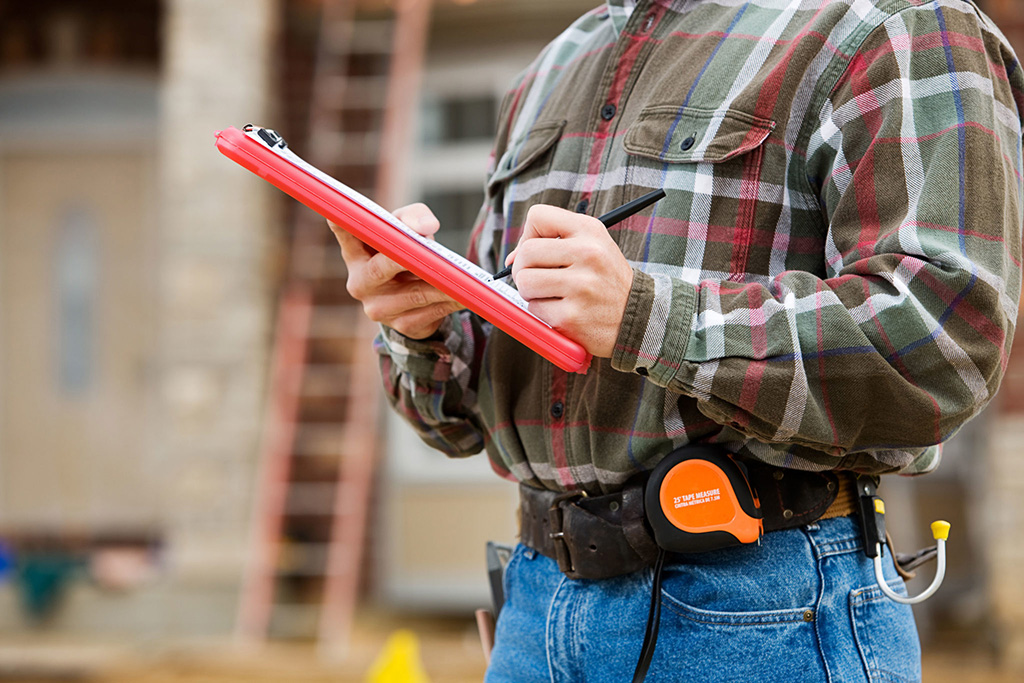What to Expect from a Hail Damage Roof Inspection After a Hailstorm
The Vital Overview to Roofing Inspection: Securing Your Home Against Typical Damages
Regular roof inspections are a vital component of home upkeep that can protect against small problems from intensifying into substantial problems. As we discover the usual indicators of roofing damage and effective maintenance strategies, it comes to be noticeable that a positive method is vital for protecting your investment.
Relevance of Normal Roofing System Evaluations
Regular roof covering assessments are important for maintaining the honesty of a building's framework. These assessments work as a positive step to recognize prospective issues prior to they escalate right into costly fixings or considerable damages. By carrying out regular assessments, residential or commercial property proprietors can guarantee that their roofs stay in optimum condition, therefore extending their life-span.
During these assessments, various aspects are analyzed, including the problem of tiles, flashing, and drain systems. In addition, the presence of algae, particles, or moss can be spotted, enabling prompt removal. Dealing with minor problems early on can avoid a lot more extensive problems, such as leaks or structural damage, which might compromise the safety of the building.
Additionally, normal roof covering inspections contribute to energy efficiency. A well-kept roofing lessens warmth loss throughout cooler months and lowers the pressure on home heating and cooling down systems. This, subsequently, can bring about reduced energy expenses and a minimized carbon impact.
Typical Indications of Roofing Damage
Recognizing typical indicators of roofing damage is crucial for house owners to maintain the safety and security and durability of their residential or commercial property. These problems can jeopardize the roof covering's stability, leading to leakages and additional damage.
One more critical indication is water stains on ceilings or walls inside the home, which often suggest leakages originating from the roofing. Homeowners must additionally examine for mold and mildew or mildew growth, as these can prosper in damp conditions triggered by roof leaks.
Blinking around vents and chimneys ought to be inspected for corrosion or damage, as defective blinking can permit water to penetrate the roofing system framework. Drooping locations on the roof surface area might recommend architectural concerns, warranting immediate attention. By acknowledging these indications early, house owners can take aggressive actions to resolve roof damage, ultimately safeguarding their home from costly repairs and ensuring a resilient roof.
Seasonal Roofing System Maintenance Tips
Recognizing the signs of roof covering damages is simply the very first step in guaranteeing the longevity of your roof; recurring upkeep is similarly essential. Seasonal roofing system maintenance is crucial to not just prolong the life of your roofing system but additionally to stop expensive repair work down the line.
Throughout spring, inspect your roof for any kind of indications of winter season damages, such as split shingles or displaced blinking. Tidy rain gutters and downspouts to make sure appropriate drainage. In summer season, check for moss or algae growth, and take into consideration applying a safety sealant to prevent wetness accumulation.
As fall methods, get rid of leaves and particles from your roofing and gutters. This will certainly aid lessen the risk of water merging and potential leaks. It's additionally a great time to check out the roofing for any kind of indications of wear, such as loosened shingles or rusted blinking.
DIY Roof Inspection Checklist
A comprehensive DIY roof inspection list is crucial for home owners aiming to preserve the stability of their roofing system. Begin by examining the roof surface area for any type of visible indicators of damages, such as missing, cracked, or crinkling roof shingles - Hail Damage Roof Inspection. Pay very close attention to locations around smokeshafts, vents, and skylights, as these are common leakage points

Moving to the inside, evaluate the attic room for indications of water invasion, such as spots or mold growth. Make certain correct air flow to stop wetness buildup, which can lead to deterioration.
## When to Hire a Specialist
While numerous homeowners can perform fundamental roofing system evaluations, particular scenarios call for the competence of a professional. If you detect substantial damage, such as huge missing shingles, noticeable sagging, or water stains on the ceiling, it is critical to get in touch with a qualified roof covering specialist. These concerns may show underlying structural troubles that require immediate focus.
Furthermore, if your roof covering is nearing the end of its anticipated lifespan-- normally 20 to 25 years for asphalt shingles-- it is smart to have a professional evaluation. Experienced examiners can evaluate the roof covering's problem dig this and give informed referrals on repair work or substitute.
Severe weather condition occasions, such as hailstorms or hefty winds, also require specialist scrutiny. Even minor damages can bring about significant issues if left uncontrolled. If you're considering purchasing or selling a home, an expert evaluation can uncover potential issues that might impact the deal.
Conclusion
Regular roof examinations are essential for preserving the stability of residential frameworks. Aggressive evaluations enable the very early recognition of potential concerns, consequently stopping costly fixings and making sure power effectiveness. By adhering to seasonal upkeep suggestions and making use of a detailed DIY list, homeowners can properly monitor their roof coverings. Nevertheless, the proficiency of a professional needs to not be neglected, specifically when considerable damages is suspected. Focusing on roofing system assessments ultimately adds to a secure and secure living setting.

During spring, examine your roof covering for any kind of signs of wintertime damage, such as split shingles or displaced blinking. Begin by examining the roof surface area for any kind of noticeable indications of damage, such as missing out on, broken, or crinkling roof shingles.